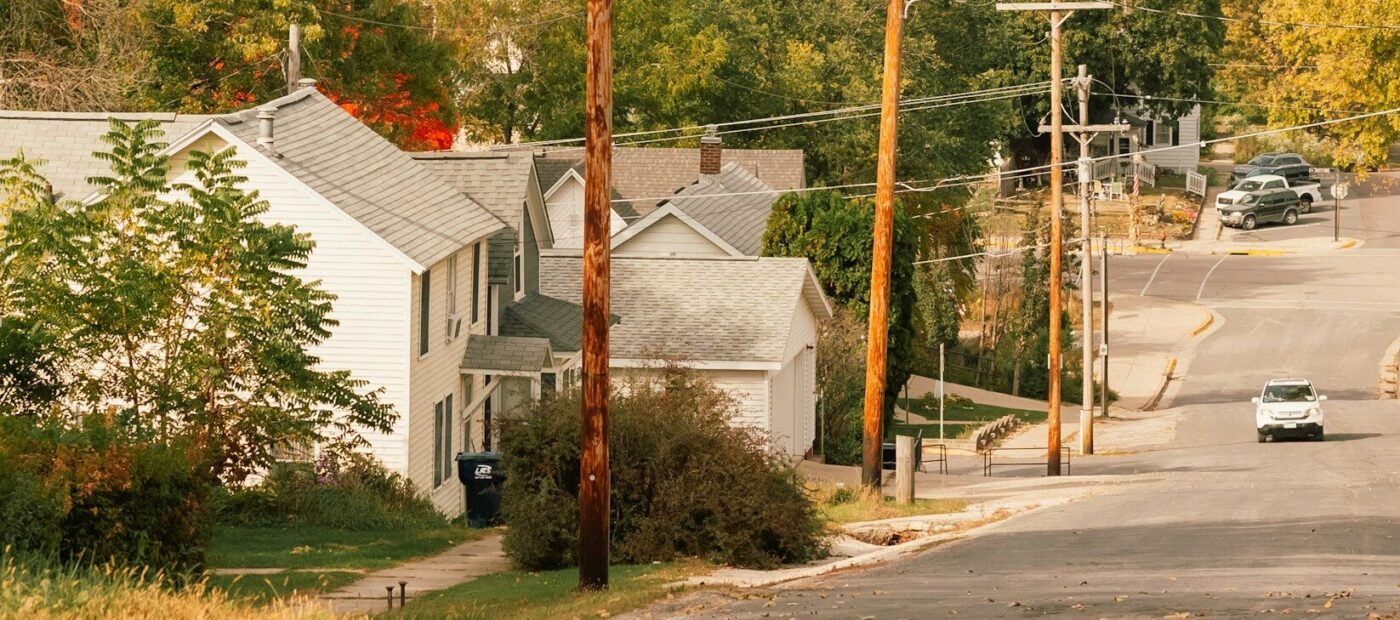Evaluation of Permanent Supportive Housing in Minnesota
Minnesota

Opportunity
Working with the Minnesota Housing Finance Agency (MN Housing) and partners at Technical Assistance Collaborative (TAC), we conducted an evaluation of its permanent supportive housing (PSH) portfolio, looking at characteristics of the properties, supportive services providers, and tenants–and identifying factors associated with successful outcomes. Our partner, the Technical Assistance Collaborative, led an accompanying study of PSH best practices. The goal of the two projects was to provide actionable insights for MN Housing to make its PSH more accessible, equitable, and responsive to individuals’ and families’ needs.
Approach
Conducting a multi-level analysis
To conduct the evaluation, HSRI collected, linked, and analyzed data on characteristics of PSH properties, service providers, and tenants. We obtained quantitative data from the following sources:
- Property-level data for 261 PSH properties
- Surveys distributed to staff from MN Housing-funded PSH properties, supportive services providers, and systematic random sample of PSH tenants
- Comprehensive tenant-level data from the Homeless Management Information System (HMIS)
Examining PSH property characteristics and housing stability
We looked at the different property types for PSH: mixed properties, where fewer than half the units are designated as PSH, and majority-PSH properties, where more than half the units are designated as PSH. Although mixed properties account for 63% of MN Housing’s PSH portfolio, more than three-quarters (78%) of the 4,695 PSH units statewide are located in majority-PSH properties. Two-thirds (66%) of the state’s PSH tenants reside in majority-PSH properties, with variation across regions.
Impact
Leaders of Minnesota’s housing agency used the findings from the evaluation and best practices study to develop a detailed Action Plan for supportive housing development, oversight, and monitoring.
Related reports
Our report includes a detailed analysis of the characteristics of PSH properties in Minnesota, available supportive services associated with PSH, and tenant characteristics and outcomes.